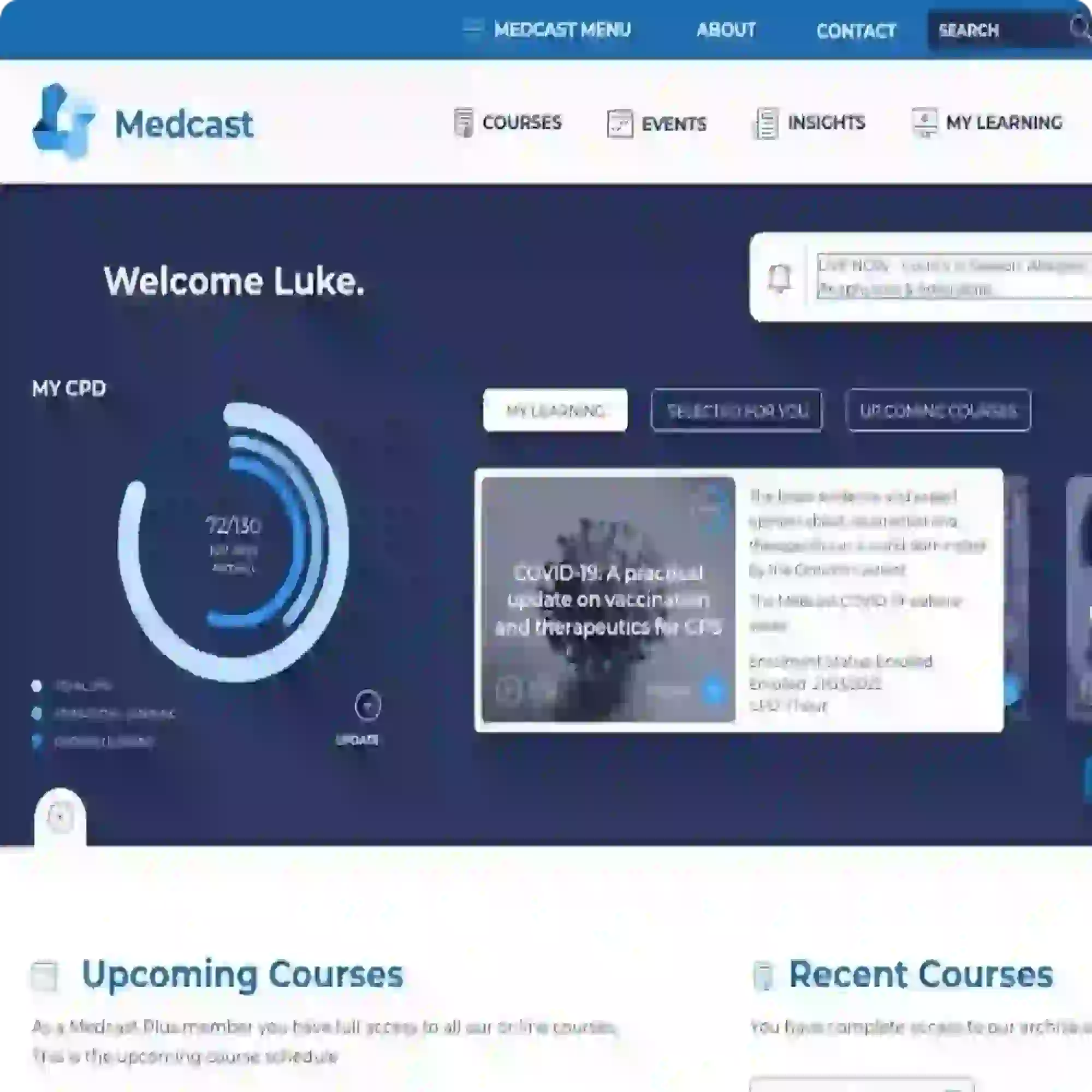
The FRACGP exam comprises three exams, or modules, each aimed at testing different aspects of knowledge. The OSCE is the ‘highest order’ exam, in which a candidate ‘shows’ what they can do.
Currently, candidates must pass the AKT before they can attempt the OSCE. This will be changing, so that both the AKT and KFP will need to be passed before the OSCE is attempted.
The Exam is structured around 14 stations with different cases, through which candidates rotate. They are divided into:
These will usually include one Viva, one or two Physical Examination stations and one Indigenous Health Case.
Each station has two examiners. Usually the ‘case’ will be played by one examiner, while the other examiner observes. Both examiners mark the case. There is a standardised marking schedule for each case which helps with the allocation of marks.
Your registrar is about to sit the OSCE exam. As a supervisor, what do you need to know and how can you help her prepare? Interestingly, despite years of supervising, a detailed understanding of the mechanics of the exam can often be fairly opaque to supervisors.
Exam ‘preparation’ is something that doesn’t fit neatly into supervision, which focusses primarily on clinical safety. Helping a registrar with exam preparation can be an overlooked aspect of the supervisor’s role. I can’t help feeling that as supervisors, we could do more, particularly now that there are proposed limits on the number of exam attempts for registrars. The cost and stress associated with failing is considerable.
Now, I must admit that, while I have a strong interest in medical education, I am not an OSCE expert. Fortunately, I am surrounded by a number of very talented and qualified Medical Educators as part of my role in curating the Medcast RACGP Exam Preparation Course. So, in this article, I have tried to distil some of their collective experience and reduce it to an ‘Idiot’s Guide’.
Become a member and get unlimited access to 100s of hours of premium education.
Learn moreIn the weeks leading up to the OSCE, the question of how to dress for your exam is sure to pop up. However, your appearance is so much more than what you wear on the day.
It's Monday morning. You're feeling bright and refreshed after the weekend, and looking forward to some interesting challenges. Your first patient is Louisa Hill, aged 43 years. "I'm tired Doc". Great start.
Wouldn’t it be luxurious in General Practice to have three minutes to consider what the patient is likely to present with, and to consider and document a safe plan for proceeding with the consultation?